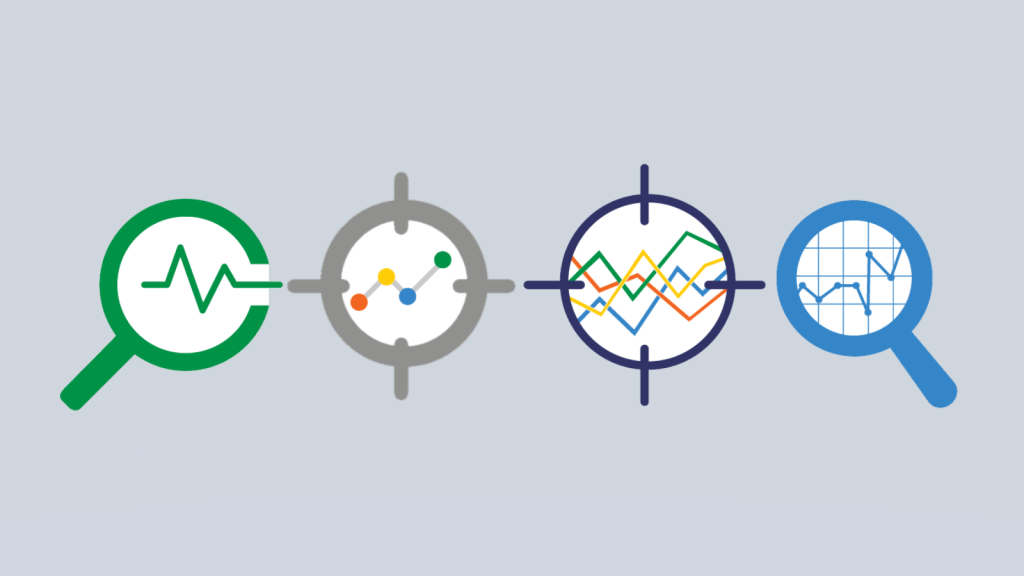Learning
Demand Planning Techniques and Strategies for Accurate Forecasts in 2023

Accurate demand planning is essential for businesses to optimize their operations, minimize costs, and meet customer expectations. With the ever-changing market dynamics and increasing competition, demand planners play a crucial role in developing effective strategies to forecast demand accurately.
In this article, we will explore several demand planning techniques and strategies that can help businesses improve their forecasting accuracy and enhance overall operational efficiency.
5 Major Techniques to Demand Planning for Accurate Forecasts
The following techniques will help you make accurate forecasts while doing effective demand planning:
Technique #1: Historical Data Analysis
One of the fundamental techniques in demand planning is analyzing historical data. By examining past sales trends, seasonality, and other relevant factors, demand planners can identify patterns and make informed predictions about future demand.
This technique involves using statistical methods such as moving averages, exponential smoothing, and regression analysis to extract valuable insights from the data. Historical data analysis provides a solid foundation for understanding demand patterns and serves as a starting point for developing more advanced forecasting models.
Technique #2: Collaborative Planning, Forecasting, and Replenishment (CPFR)
Collaboration between different stakeholders in the supply chain is crucial for accurate demand planning. CPFR is a strategy that involves close coordination and information sharing among suppliers, manufacturers, distributors, and retailers. By leveraging real-time data, demand planners can collaborate with key partners to align production, inventory levels, and distribution strategies. This approach not only enhances forecast accuracy but also reduces lead times, minimizes stockouts, and improves overall customer satisfaction.
Technique #3: Demand Sensing and Demand Shaping
Demand sensing is a technique that combines real-time data from various sources, such as point-of-sale systems, social media, and online platforms, to detect demand signals and anticipate changes in consumer behavior. By analyzing these signals, demand planners can proactively adjust their forecasts and inventory levels to match actual demand. Demand shaping, on the other hand, involves using marketing and pricing strategies to influence consumer demand.
Technique #4: Statistical Forecasting Models
Statistical forecasting models use mathematical algorithms to generate accurate demand forecasts. These models consider historical data, seasonality, trends, and other relevant factors to predict future demand. Techniques such as time series analysis, exponential smoothing, and autoregressive integrated moving averages (ARIMA) are commonly used in statistical forecasting.
Technique #5: Demand Simulation and Scenario Analysis
Demand simulation and scenario analysis involve creating hypothetical demand scenarios based on different market conditions, economic factors, or internal changes within the business. By simulating these scenarios, demand planners can evaluate the potential impact on demand, inventory levels, and overall supply chain performance. This technique helps businesses develop contingency plans, assess risk, and make proactive decisions to mitigate disruptions or capitalize on emerging opportunities.
Conclusion
In conclusion, accurate demand planning is a critical aspect of effective supply chain management. A skilled demand planner plays a vital role in implementing these techniques and developing robust strategies for optimal inventory management and customer satisfaction. If you want an answer to your question “What is a demand planner?” or want to learn more about demand planning and explore industry-leading solutions, visit https://johngalt.com/.
Remember, demand planning is an ongoing process that requires continuous monitoring, adjustment, and adaptation. By embracing these techniques and strategies, businesses can navigate the complexities of the market and achieve sustainable growth.































